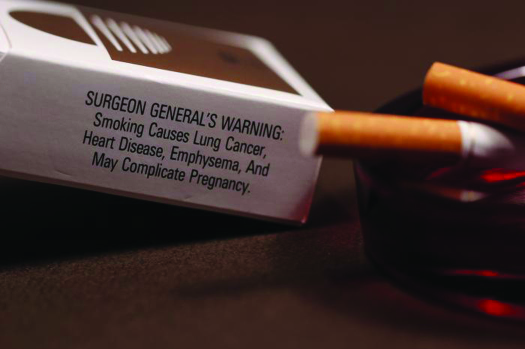| << Chapter < Page | Chapter >> Page > |
The courts have allowed censorship of less-than-obscene content when it is broadcast over the airwaves, particularly when it is available for anyone to receive. In general, these restrictions on indecency—a quality of acts or statements that offend societal norms or may be harmful to minors—apply only to radio and television programming broadcast when children might be in the audience, although most cable and satellite channels follow similar standards for commercial reasons. An infamous case of televised indecency occurred during the halftime show of the 2004 Super Bowl, during a performance by singer Janet Jackson in which a part of her clothing was removed by fellow performer Justin Timberlake, revealing her right breast. The network responsible for the broadcast, CBS, was ultimately presented with a fine of $550,000 by the Federal Communications Commission, the government agency that regulates television broadcasting. However, CBS was not ultimately required to pay.
On the other hand, in 1997, the NBC network showed a broadcast of Schindler’s List , a film depicting events during the Holocaust in Nazi Germany, without any editing, so it included graphic nudity and depictions of violence. NBC was not fined or otherwise punished, suggesting there is no uniform standard for indecency. Similarly, in the 1990s Congress compelled television broadcasters to implement a television ratings system, enforced by a “V-Chip” in televisions and cable boxes, so parents could better control the television programming their children might watch. However, similar efforts to regulate indecent content on the Internet to protect children from pornography have largely been struck down as unconstitutional. This outcome suggests that technology has created new avenues for obscene material to be disseminated. The Children’s Internet Protection Act , however, requires K–12 schools and public libraries receiving Internet access using special E-rate discounts to filter or block access to obscene material and other material deemed harmful to minors, with certain exceptions.
The courts have also allowed laws that forbid or compel certain forms of expression by businesses, such as laws that require the disclosure of nutritional information on food and beverage containers and warning labels on tobacco products ( [link] ). The federal government requires the prices advertised for airline tickets to include all taxes and fees. Many states regulate advertising by lawyers. And, in general, false or misleading statements made in connection with a commercial transaction can be illegal if they constitute fraud.

Furthermore, the courts have ruled that, although public school officials are government actors, the First Amendment freedom of expression rights of children attending public schools are somewhat limited. In particular, in
Tinker v. Des Moines (1969) and
Hazelwood v. Kuhlmeier (1988), the Supreme Court has upheld restrictions on speech that creates “substantial interference with school discipline or the rights of others”

Notification Switch
Would you like to follow the 'American government' conversation and receive update notifications?